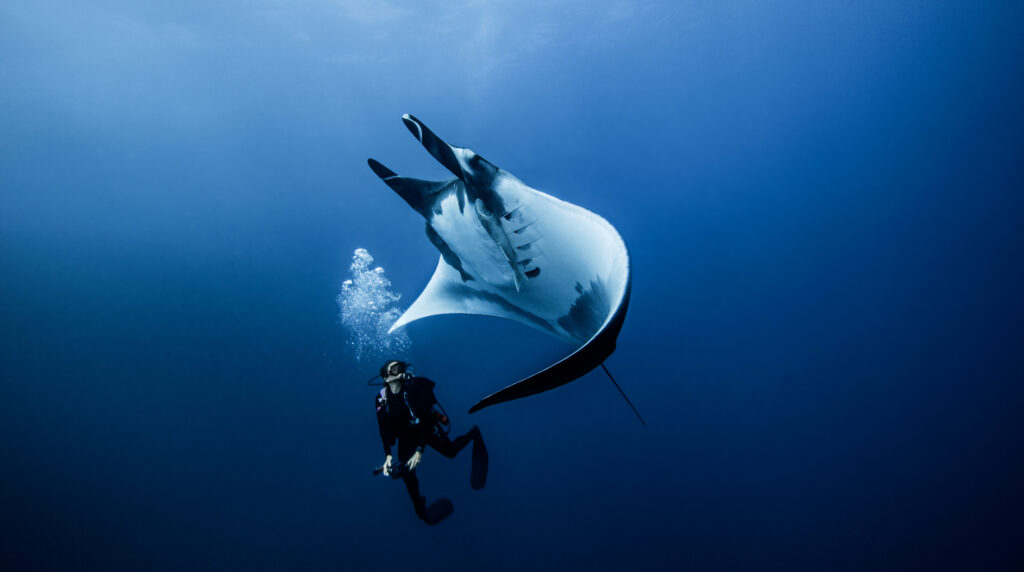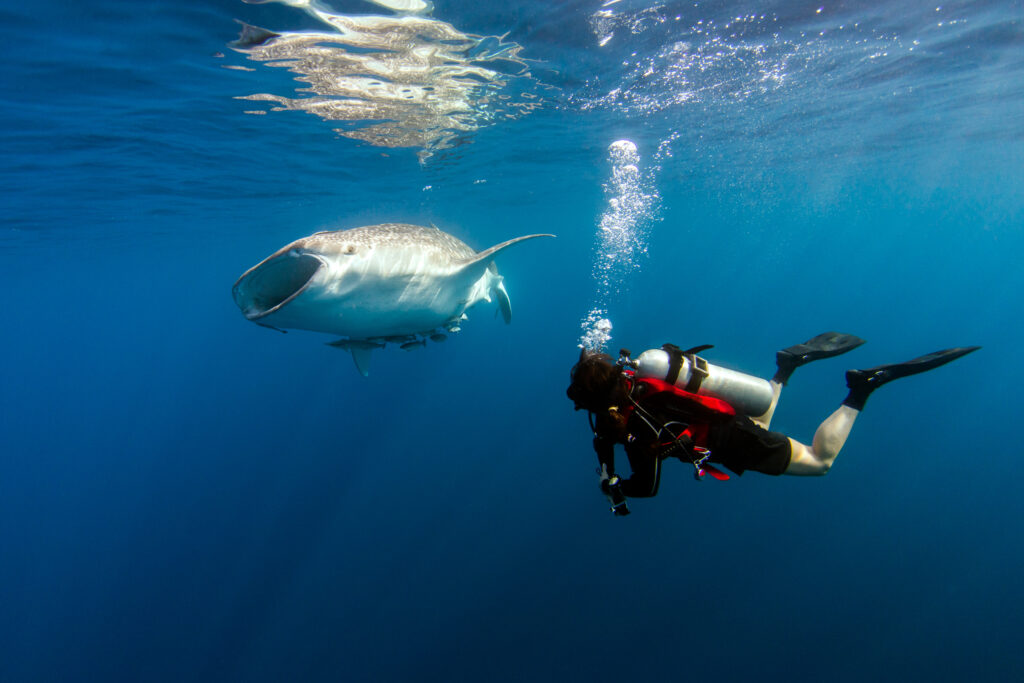What is a Purge Valve?

A purge valve is a crucial component in scuba diving equipment, designed to enhance the diver’s experience by ensuring safety and comfort underwater. This small yet essential device allows divers to expel water from their masks or regulators with ease, maintaining clear vision and a steady supply of breathable air. The functionality of purge valves significantly reduces the effort needed to clear water, making them an invaluable asset for both novice and experienced divers.
What is No Fly / No Fly Time?

No Fly Time, also referred to as No Fly Zone or No Fly Period, is the recommended interval between the completion of a dive and boarding an airplane. It is an essential precautionary measure that helps prevent Decompression Sickness (DCS) and other altitude-related issues that may arise from flying too soon after scuba diving. The importance of observing No Fly Time stems from the physiological effects of pressure changes on the body, both during diving and air travel. Failure to allow sufficient time for these changes to normalize can lead to serious health complications.
What is Decompression Illness?

Decompression illness (DI) is a significant condition that affects scuba divers and can have serious health implications if not properly managed. It encompasses a range of ailments resulting from changes in pressure, particularly during ascent after a dive. Understanding decompression illness is crucial for divers, as it helps in preventing, recognizing, and treating this potentially life-threatening condition. This article will cover the physiology, types, causes, risk factors, prevention strategies, diagnosis, treatment, and implications of decompression illness.
What is Supplied Air Snorkeling for Youth (SASY)?

Supplied Air Snorkeling for Youth (SASY) is a specialized diving system developed to introduce the fascinating world of underwater exploration to young individuals. It bridges the gap between snorkeling and scuba diving, offering a safe and controlled environment for children to explore and learn about the underwater world without diving too deep. The SASY system consists of a Buoyancy Control Device (BCD) paired with a small compressed air cylinder and a regulator, functioning similarly to a traditional scuba system but with features that restrict the user from descending beneath the surface.
What is Free Flow?

Scuba diving is an immersive underwater experience that offers divers a glimpse into the unique marine environment. To safely navigate these depths, divers rely on specialized equipment, with one of the most critical components being the demand regulator. This device controls the flow of air from the tank to the diver, ensuring they receive air at the appropriate pressure. However, like any mechanical equipment, the regulator can malfunction, and one specific issue is known as “free flow.” This malfunction can result in continuous air flow from the regulator, regardless of the diver’s input, potentially depleting the air supply quickly and leading to serious safety concerns.
What is a Unbalanced Regulator?

The unbalanced regulator, a once dominant piece of scuba diving equipment, is a technology rooted in the sport’s history. This device, which regulates the high-pressure air from the scuba tank to a breathable pressure for the diver, is distinguished by its susceptibility to changes in tank pressure. Though largely phased out in favor of balanced regulators, the unbalanced regulator remains a key reference point in understanding the evolution of diving equipment and safety.
What is Oxygen Therapy for Scuba Divers?

Oxygen therapy is a medical treatment that involves breathing pure oxygen or a gas mixture containing more than 21% oxygen. This method has been proven beneficial for various medical conditions and emergencies, such as decompression sickness, carbon monoxide poisoning, and hypoxia. In the context of scuba diving, oxygen therapy plays a vital role in promoting diver safety and ensuring a swift recovery from diving-related incidents.
What is Nitrogen?

What is Nitrogen? Nitrogen is an inert gas, meaning it does not readily participate in chemical reactions. It constitutes approximately 78% of the Earth’s atmosphere, with the remaining 22% made up of oxygen, trace gases, and water vapor. While nitrogen is essential for various biological processes and is harmless when inhaled at normal atmospheric pressure, […]
What is Scuba Orienteering?

What is Scuba Orienteering? Scuba orienteering, a competitive underwater sport, marries the thrill of scuba diving with the intellectual rigor of navigational challenges. Participants in this sport traverse an underwater circuit delineated by buoys without surfacing, utilizing tools such as a compass and mechanical distance measurement devices to guide their path. Competitors are scored based […]
What is Surface Interval?

What is Surface Interval? In scuba diving, the term “Surface Interval” refers to the length of time a diver spends at the surface between two consecutive dives. It is a significant concept in dive planning, safety, and decompression theory, which helps to minimize the risk of decompression sickness, commonly known as “the bends.” Importance of […]
